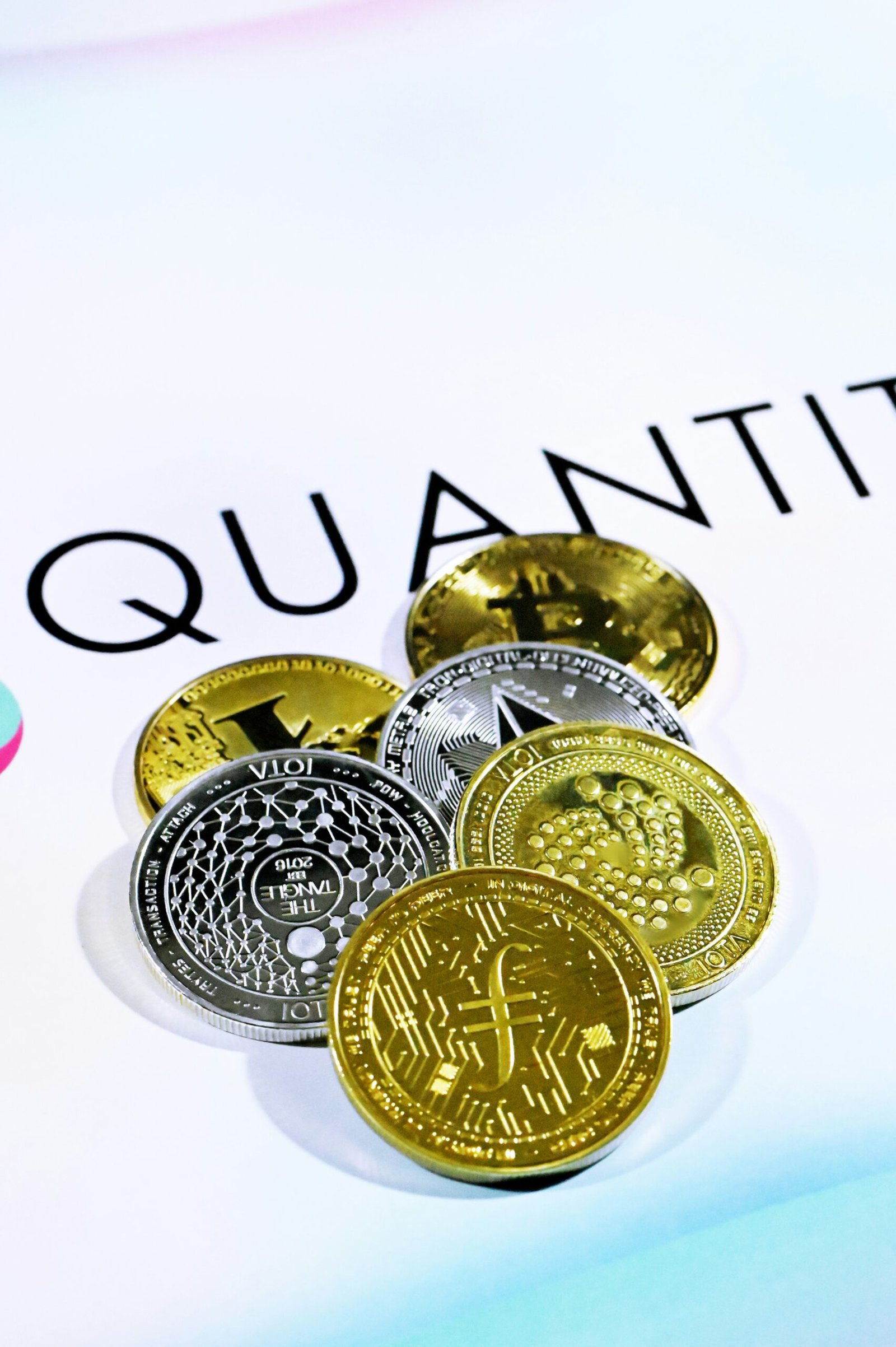Introduction to IOTA
IOTA is a revolutionary cryptocurrency that aims to provide secure and efficient transactions for the Internet of Things (IoT) era. Unlike traditional blockchain-based cryptocurrencies, IOTA utilizes a unique technology called the Tangle, which enables feeless microtransactions and high scalability.
What is IOTA Used For?
IOTA is primarily used for machine-to-machine (M2M) transactions within the IoT ecosystem. As the number of connected devices continues to grow, IOTA provides a secure and efficient way for these devices to transact and share data with each other. This opens up a wide range of possibilities, such as enabling smart cities, autonomous vehicles, and decentralized energy grids.
The Purpose of IOTA
The main purpose of IOTA is to establish a trustless and decentralized network for the IoT. By eliminating the need for intermediaries and transaction fees, IOTA aims to enable frictionless value transfer between machines. This allows for new business models to emerge, where devices can autonomously transact and pay for services without human intervention.
Benefits of IOTA
1. Scalability: Unlike traditional blockchain-based cryptocurrencies, IOTA’s Tangle technology becomes more efficient as the number of transactions increases. This makes it highly scalable and capable of handling a large volume of transactions without slowing down.
2. Feeless Transactions: IOTA eliminates transaction fees, which is a significant advantage for microtransactions within the IoT ecosystem. This makes it possible for even the smallest devices to transact with each other without incurring additional costs.
3. Fast Confirmation Times: The Tangle technology allows for fast confirmation times, ensuring that transactions are processed quickly. This is crucial for real-time applications within the IoT, where delays can have significant consequences.
4. Secure and Immutable: IOTA utilizes cryptographic algorithms to ensure the security and immutability of transactions. This makes it highly resistant to hacking and fraud, providing a trustworthy platform for IoT devices to transact.
Drawbacks of IOTA
1. Centralization Concerns: While IOTA aims to be decentralized, there have been concerns about centralization due to the reliance on a centralized coordinator node. However, the IOTA Foundation is actively working towards removing this coordinator and achieving full decentralization.
2. Network Congestion: As the popularity of IOTA grows, there may be instances of network congestion, leading to slower transaction times. However, the scalability of the Tangle technology mitigates this concern to a large extent.
3. Adoption Challenges: Like any new technology, widespread adoption of IOTA may face challenges. It requires collaboration between various industries and stakeholders to fully realize the potential of the IoT ecosystem powered by IOTA.
Conclusion
IOTA is a groundbreaking cryptocurrency that is specifically designed for the Internet of Things era. With its feeless transactions, scalability, and fast confirmation times, IOTA has the potential to revolutionize the way devices transact and share data. While there are some challenges to overcome, the benefits of IOTA make it a promising solution for the future of IoT.

